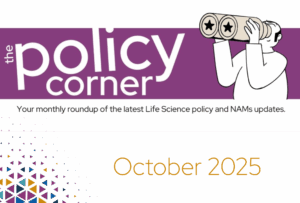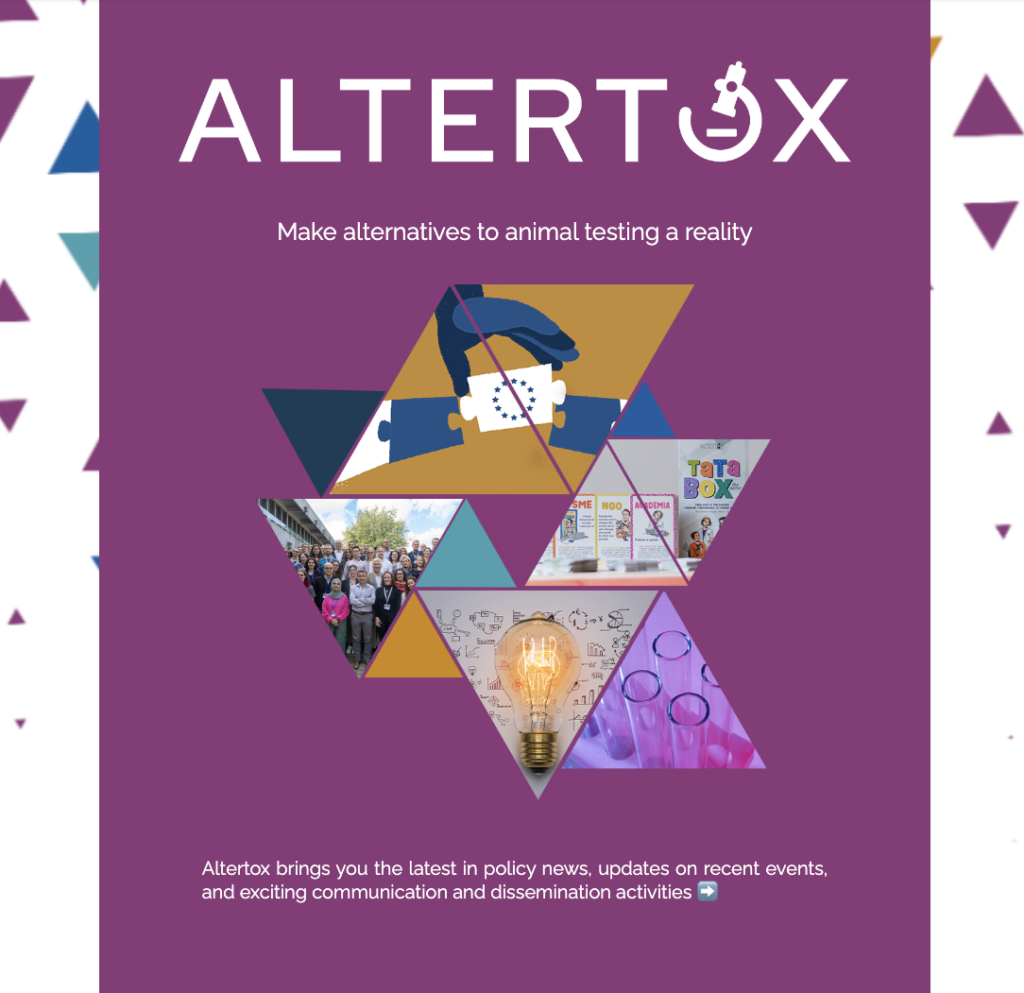
News
Policy Corner & News
Our Newsletter
Receive our Newsletter

Open Positions
SciComm Internship
🎓 𝗪𝗲 𝗮𝗿𝗲 𝗰𝘂𝗿𝗿𝗲𝗻𝘁𝗹𝘆 𝗼𝗳𝗳𝗲𝗿𝗶𝗻𝗴 𝗮𝗻 𝗶𝗻𝘁𝗲𝗿𝗻𝘀𝗵𝗶𝗽 𝗶𝗻 𝗖𝗼𝗺𝗺𝘂𝗻𝗶𝗰𝗮𝘁𝗶𝗼𝗻 𝗶𝗻 𝗟𝗶𝗳𝗲 𝗦𝗰𝗶𝗲𝗻𝗰𝗲𝘀! This is a unique chance for students to gain hands-on experience in science communication, digital content creation, and public engagement within the field of life sciences.
If you are interested write to info@altertox.be
Contact Us
If you are interested in working with us – just send a message



